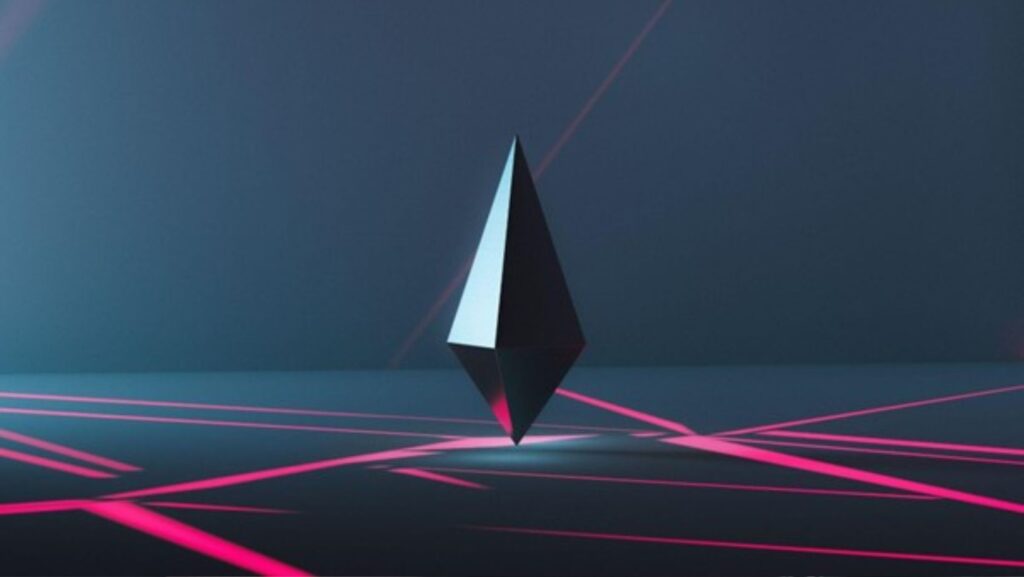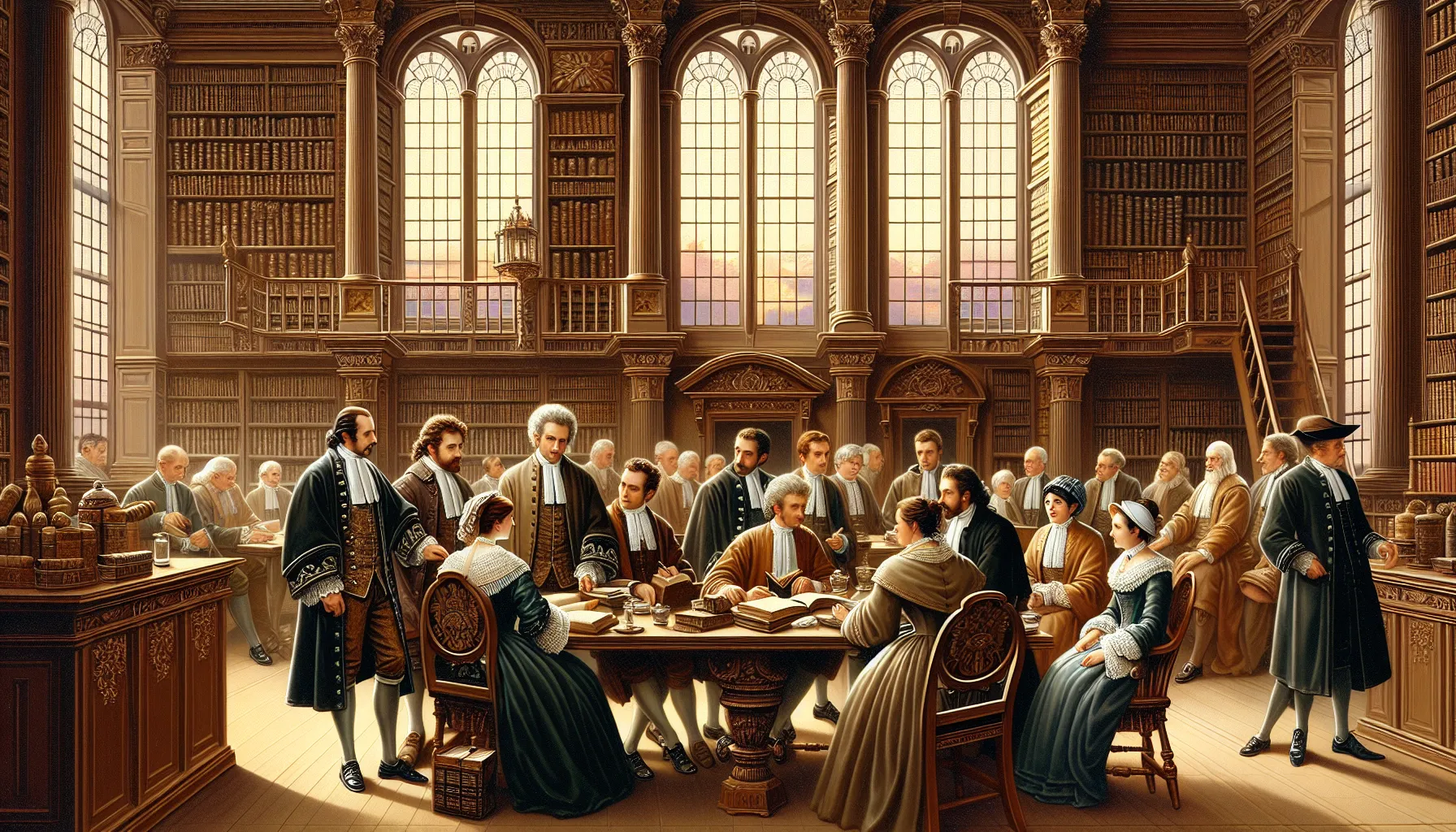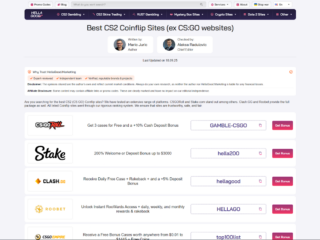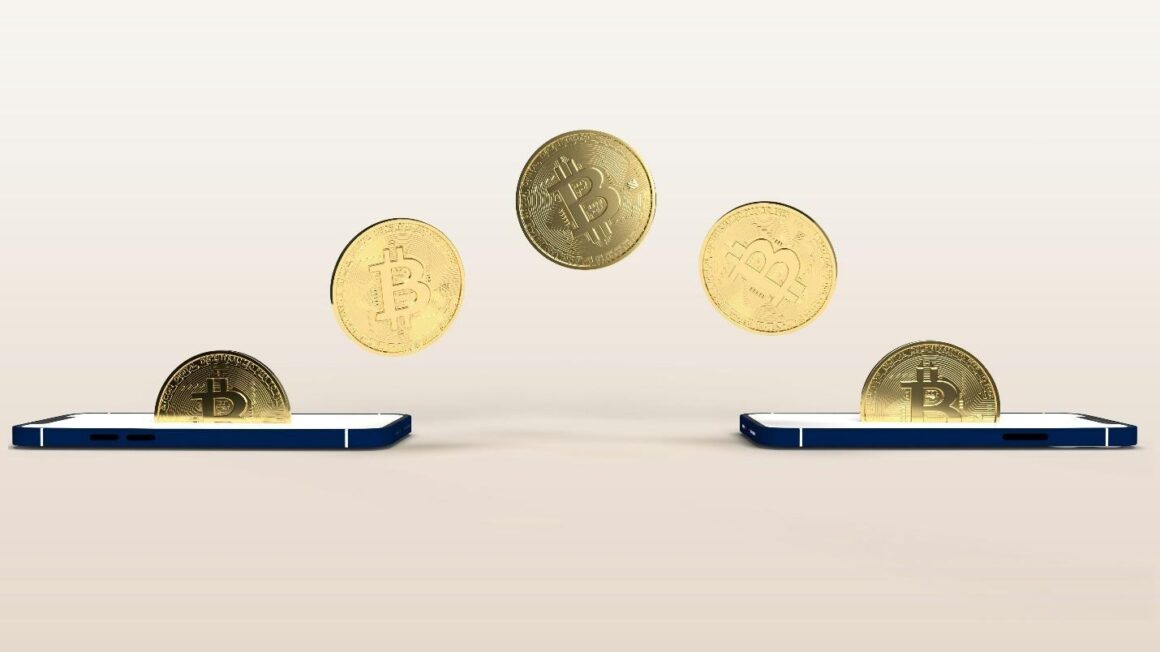

In the dynamic landscape of digital commerce, staying abreast of technological advancements in 3D configurators is essential. These tools are revolutionizing how businesses engage with customers, allowing for interactive and customized shopping experiences that significantly enhance customer satisfaction and operational efficiency. As these technologies evolve, they not only refine the user experience but also streamline business operations, making them more agile and responsive to market demands. For companies looking to maintain a competitive edge, understanding and implementing the latest innovations in 3D configurator technology is crucial. These advancements are pivotal in shaping future trends in e-commerce and customer interaction.
Latest Advances in 3D Configurator Technologies
Recent innovations in 3D configurator technologies have significantly elevated the capabilities of these systems, particularly through the adoption of advanced rendering engines such as the High Definition Render Pipeline (HDRP) and Universal Render Pipeline (URP). These engines enhance the visual fidelity and performance of 3D configurators across a variety of platforms. HDRP is known for delivering high-end graphics with rich detail and realistic lighting on desktops and VR devices, making it ideal for high-quality presentations where visual impact is paramount. In contrast, URP is designed to balance performance with quality, providing robust graphics capabilities on both high-end and performance-constrained devices, ensuring that 3D configurators can reach a wider audience without sacrificing user experience.
Furthermore, the integration of cloud-based solutions and WebGL applications marks a significant advancement in accessibility and functionality. These technologies enable seamless integration of 3D configurators across different devices, enhancing accessibility on mobile and web platforms. Through cloud computing, 3D configurator tools can operate with greater flexibility and scalability, allowing businesses to provide consistent and efficient user experiences globally. The use of WebGL further democratizes access, enabling interactive 3D experiences directly in web browsers without the need for additional plugins or downloads, thus broadening the reach and impact of digital product customization tools.
Enhanced User Interface and Experience Design
The latest advancements in 3D configurators have significantly centered on enhancing user experience through more intuitive design elements. Modern 3D configurators now incorporate streamlined navigation interfaces, allowing users to easily manipulate and customize complex product options. Employing real-time feedback mechanisms, these tools immediately reflect changes made by users, providing a dynamic interactive experience that closely mirrors real-world modifications. This immediacy in customization not only makes the process more engaging but also helps in minimizing errors, ensuring that user specifications are precisely captured.

These improvements in user interface and experience design have a profound impact on user engagement and satisfaction. By facilitating an environment where users can effortlessly understand and interact with the configurator, businesses see higher levels of customer retention and satisfaction. This user-friendly approach encourages customers to explore a broader range of customization options, deepening their interaction with the product and, by extension, the brand.
Impact on Business: Efficiency and Conversion Rates
New 3D configurators are transforming business operations by facilitating faster decision-making and boosting conversion rates. Features like real-time pricing adjustments provide immediate cost feedback as customers customize products, helping them make informed purchasing decisions quickly. Moreover, the ability to detail every aspect of product customization enhances the user’s confidence in their purchase, leading to higher conversion rates.
From a business perspective, these configurators offer substantial cost-effectiveness. By enabling on-demand product visualization, companies can significantly reduce stock levels and associated costs. This shift towards just-in-time production minimizes surplus inventory and reduces waste, aligning with leaner business practices. Additionally, marketing expenses can be curtailed as digital customization provides compelling content that doubles as both an engagement tool and promotional material, eliminating the need for extensive physical prototypes and traditional marketing campaigns. These efficiencies not only streamline operations but also enhance the overall financial health of a business, making 3D configurators a valuable asset in today’s digital marketplace.
Case Studies and Real-world Applications
The impact of 3D configurator technologies across various industries demonstrates significant improvements in customer engagement, sales cycles, and operational efficiencies. Here are three case studies that illustrate these benefits:
Automotive Industry
○ Company: A leading automotive manufacturer implemented a 3D configurator allowing customers to customize their vehicle online before purchase. This configurator included options for color, interiors, and accessories.
○ Outcomes: The configurator led to a 30% increase in user engagement on the company’s website. Customers spent more time interacting with the tool, leading to higher satisfaction rates and a 25% increase in sales conversions. The detailed customization also reduced the number of vehicles manufactured with unpopular features, optimizing inventory and reducing costs.
Furniture Retail
○ Company: A furniture retailer introduced a 3D configurator to let customers design custom furniture pieces, choosing materials, sizes, and styles.

○ Outcomes: The configurator significantly shortened the sales cycle, as customers could make decisions quicker with a clear visualization of their custom designs. The tool reduced product returns by 20% due to increased buyer confidence in their personalized choices. Additionally, the company reported a 40% reduction in showroom space requirements, translating into lower operational costs.
Fashion and Apparel
○ Company: A fashion retailer launched a 3D configurator for customers to create bespoke garments. Options included fabric types, patterns, and accessories.
○ Outcomes: The configurator enhanced customer engagement by providing a unique shopping experience that allowed for deep personalization. The platform saw an increase in customer retention by 35%, with a significant uptick in first-time visitors converting to sales. The on-demand production model also minimized overproduction, aligned with sustainable business practices, and reduced inventory costs.
These case studies highlight the transformative power of 3D configurator technologies in enhancing the customer experience and optimizing business operations. By allowing customers to interact with a product before purchase, these tools not only boost engagement and satisfaction but also streamline production and sales processes, fostering both economic and environmental efficiencies.
Conclusion
The transformative impact of 3D configurator technologies is evident across diverse industries, significantly enhancing how businesses interact with customers and manage operations. By enabling detailed product customization and visualization, these tools improve user engagement, streamline sales processes, and increase conversion rates. Furthermore, they offer operational efficiencies through optimized inventory management and reduced marketing expenditures. As businesses continue to leverage these advanced technologies, the role of 3D configurators in driving innovation and customer satisfaction will undoubtedly expand, marking a new era of digital interaction and commerce.












